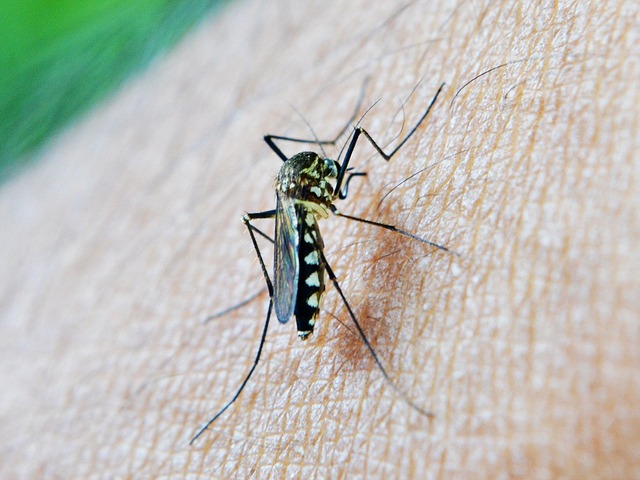The world we live in today is undergoing rapid changes, particularly in its climate. Amidst these shifts, the intimate relationship between our environment and health becomes more apparent, especially when discussing diseases like malaria. As temperatures rise and ecosystems evolve, we find ourselves at a crossroads where climate change poses new challenges for combating this age-old disease.
Malaria, a life-threatening illness caused by parasites transmitted through infected mosquitoes, has long been a concern in warmer tropical regions. However, what happens when these climates shift? As polar ice caps continue to melt and rising temperatures expand the range of suitable habitats, regions previously unaffected by malaria may suddenly find themselves at risk. This unwanted transformation affects not just the ecological landscape but also the lives of individuals and communities.
The melting of glaciers and ice sheets contributes to rising sea levels, leading to changes in rainfall patterns and increased flooding. These alterations create ideal breeding grounds for the very mosquitoes that spread malaria. The stagnant water becomes a breeding haven, allowing populations to thrive and potentially infect susceptible individuals. It’s a harsh reminder that the consequences of climate change are intricately linked with health outcomes.
Moreover, as we witness the migration of species due to changing climates, the re-emergence of malaria in new geographic locations raises urgent public health concerns. Communities that have long enjoyed reprieve from this disease may suddenly find themselves vulnerable. This shift not only strains healthcare infrastructure but also impacts economic stability and food security, as families may be forced to divert resources for treatment instead of focusing on productive activities.
It is critical to emphasize the role of environmental management in mitigating these impacts. Efforts to control mosquito populations and improve water management systems must be adapted to address the new challenges posed by climate change. Strategies such as utilizing mosquito nets, improving sanitation, and ensuring public awareness can serve as effective tools in the fight against malaria. Furthermore, investing in climate-resilient health systems is pivotal in preparing communities worldwide for the impending threat of malaria spread due to climate shifts.
In the grand narrative of climate change, the health implications reach far beyond immediate environmental concerns. As we continue to navigate this landscape, understanding the links between climate change and diseases like malaria empowers both individuals and policymakers to take proactive steps. Embracing innovative solutions and advocating for sustainable practices will be essential in addressing not just the ecological impacts but also the health of current and future generations.
As we explore the profoundly interconnected world around us, it becomes clear that the fight against malaria in melting environments must be a collective effort. Individuals, communities, and governments must unite in the pursuit of a healthier, sustainable future to protect vulnerable populations from the grasp of climate-induced health crises.



